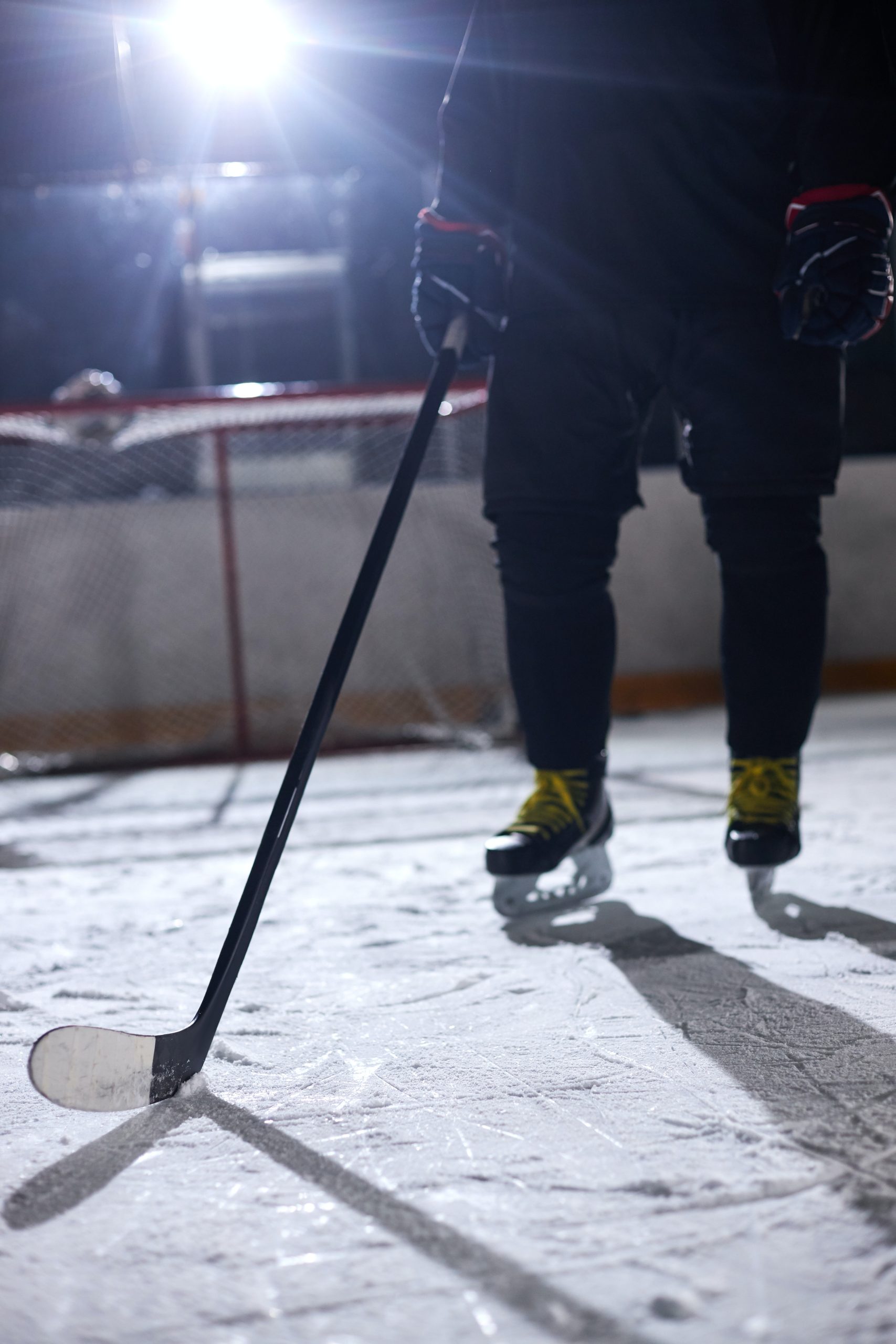Sports
Hockey trouble: Can the sport overcome its history of neglect and abuse?

There is a discernible hockey subculture, rooted in violent performances of masculinity, that is undeniably helping fuel this pattern of abuse. (Pexels photo)
“Hockey is Canada, and Canada is hockey.” At least, that’s what Hockey Canada claimed on Twitter in the lead-up to the 2022 Beijing Olympic Games.
But after years of toxic behaviour and the news that a woman sued Hockey Canada in 2018 — alleging she was sexually assaulted by eight members of the 2018 national junior team — many Canadians would no doubt like to see an end to such equivocating.
“We know we have not done enough to address the actions of some members of the 2018 national junior team, or to end the culture of toxic behaviour within our game,” the organization stated in an open letter to Canadians on July 14.
Hockey Canada ultimately settled the case out of court. But as news of the allegations broke, the organization promised a third-party investigation — but stopped short of requiring all the players involved to participate in the inquiry. That’s now changed.
A history of violence
On July 14, sports writer and activist Shireen Ahmed broke down Hockey Canada’s open letter on CBC News. “Abuse in hockey is not new,” insisted Ahmed. “Sexualized violence in hockey is not new.”
There is a discernible hockey subculture, rooted in violent performances of masculinity, that is undeniably helping fuel this pattern of abuse. And so far, organizations have been reluctant to do anything about it.
Advocates have tried to get hockey’s decision makers to listen, with little success. “There are steps that should have been taken, not in 2018, but possibly 20 years ago,” explained Ahmed.
And many Canadians agree. In a recent survey by the Angus Reid Institute, 56 per cent of respondents who “played or coached youth hockey” felt that “the treatment of women and girls by young male hockey players was misogynistic or disrespectful.” That’s quite a condemnation, but hardly surprising.
Over the last decade, sports researchers like Cheryl MacDonald have examined the ways hockey promotes this “misogynistic or disrespectful” behaviour. And research has found that hockey players embrace a type of masculinity that involves not only the domination of women, but also other men.
Hockey not only produces and reproduces violence against women, but also the marginalization and stigmatization of other men, most notably via homophobia. Men who dare show vulnerability, forgoing the stereotypical “tough” hockey player persona, likewise open themselves up to criticism, if not outright bullying. Violence is resolved with more violence.
And for years this masculinity, as historian Peter James Hudson writes, was defended on national television by hockey commentator Don Cherry.
For Canada?
The problematic violent masculinity at the heart of Canadian men’s hockey is reinforced by nationalism, producing a particular kind of hockey, associated specifically with the nation. After all, not all hockey is played like Canadian hockey, nor do all hockey cultures experience the same degree of sexual abuse as Canadian hockey.
Sociologist Kristi A. Allain explains it as:
“When those in Canada celebrate hockey as linked to life in Canada, they work to privilege the experiences of young, Anglo, white, middle-class, seemingly straight, and able-bodied men, positioning their experiences as quintessentially tied to national identity in ways not available to others.”
Canada’s celebration of a particularly violent hockey culture has a long history. Take the 1972 Summit Series, for example. Arguably Canada’s defining hockey moment, the Summit Series saw Canada defeat the Soviet Union using, to quote sociologist Ellexis Boyle “tactics of intimidation and aggression that included the deliberate fracturing of an opponent’s ankle.”
Reflecting on the series, Canadian Captain Phil Esposito stated: “I would have killed those sons of bitches to win. It scares me every time I think about it.”
This nationalism — the win at all costs mentality, the notion that “Hockey is Canada, Canada is Hockey” — make hockey players victims, on and off the ice, mere collateral damage. The improprieties and crimes of young men are transformed into a national dilemma; a indictment of a hockey culture that valorizes violence and notions of masculine supremacy.
The basic foundation of this toxic culture was laid over a hundred years ago, during the intense days of 19th century Canadian nation building. Surely, in the 21st century, we’re capable of a fashioning a more inclusive hockey culture that considers the societal implications of the sport in Canada?
Overtime
Combining Canadian nationalism and violent masculinity, hockey and hockey players have harmed — and if Hockey Canada’s reforms fail, will continue to harm — innocent bystanders.
It’s already difficult enough for survivors of sexual assault to secure the conviction of their attacker in Canada — between 2009 and 2014, just 12 per cent of complaints resulted in convictions.
And when the accused is an elite hockey player, revered for their masculine domination and violence on the ice, celebrated for representing the nation in “Canada’s Game,” pursuing a conviction becomes a near insurmountable task. Oftentimes for the victim, coming forward may not seem worth it.
The Canadian hockey player can seem untouchable. Even when sexual offences are proved, it hasn’t always mattered to hockey’s decision makers.
In a high-profile example, Logan Mallioux — who secretly photographed and shared pictures with his team of an 18-year-old woman engaged in a sexual act with him — decided to renounce himself from the NHL draft. The Montréal Canadiens drafted him anyway.
Is Hockey Canada sincere in their quest for reform? Or has a freeze on federal funding and an exodus of major sponsors forced their hand? Call me skeptical, but my money’s on the latter.![]()
MacIntosh Ross, Assistant Professor, Kinesiology, Western University
This article is republished from The Conversation under a Creative Commons license. Read the original article.





















